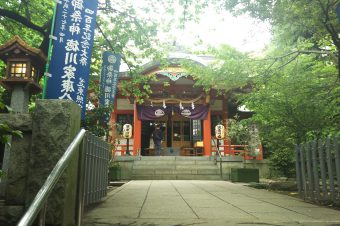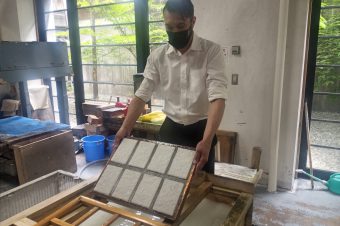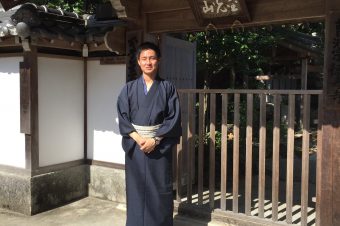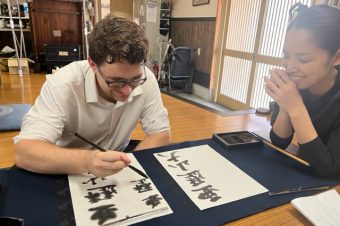Exploring the Hachimangu Shrine: paying a visit to the incredible Hachimangu shrine to learn not only the shrines history but the important role it played in Japanese history.
This shrine is located in Hamamatsu not too far from the castle of Hamamatsu.
This shrine is another good example of the rich and interesting history that Japan is known for.
This particular shrine is dedicated to Hachimangu who is known as the Kami (guardian) of the Samurai. Because the shrine is dedicated many people believe that this is one of the main reasons why Tokugawa Ieyasu retreated to this place when he was pursued by Takeda Shingen in 1572.
The area surrounding the shrine is pretty large and right when you enter the shrine you are immediately engulfed in the shrines natural beauty. This shrine does a perfect job demonstrating what Japan does best and that is combining modern day architecture while still protecting the shrines original architecture.
After passing through the Torii gate at the entrance to the shrine you are led through a pine tree bordered path that leads you to one of the highlights of the shrine. Here you will find the sacred pine tree this tree is not only historic but notable because it has been growing for over 5 generations!
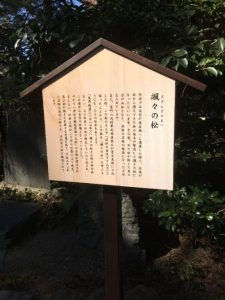
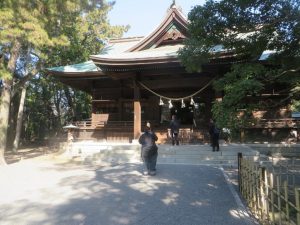
The story behind the sacred pine tree is that the pine tree is actually part of the origin of Hamamatsu city. The story says that a white fox came from the sea carrying a pine tree branch in his mouth. The story goes that the people of Hamamtsu took this branch from the fox and planted in this location and the tree has been growing ever since. As you continue through the shrine you will then arrive to the inner sanctum of the shrine. The shrine itself is a perfect example of a building that has been perfectly integrated in nature.
Inside the inner sanctum you will a large tree with a hole large enough to hide a man. The story goes that back in the day the head priest of this shrine was able to hide Tokugawa Ieyasu in from his enemies.
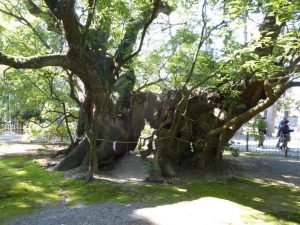
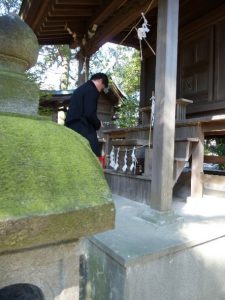
In exchange for this small service, the priest asked Tokugawa Ieyasu to support the shrine in the future. As a man of his word, Ieyasu never stopped sending money from Edo and he visited the shrine whenever he could.
A little further to the right of the main building, you can see both an Inari shrine and a shrine that is dedicated to Tokugawa Ieyasu.
Even though this shrine may not be a major castle or temple. This shrines large amount of history not only makes it a great place to visit but it offers some good insight on one of the less bright times of Tokugawa Ieyasu life.


